NASA launches DART asteroid mission to destroy a spacecraft to (potentially) save planet Earth
VANDENBERG SPACE FORCE BASE, Calif. — NASA has launched its first planetary defense mission to practice what the agency might do if planet Earth were threatened by a wayward asteroid.
The agency's Double Asteroid Redirection Test (DART) mission launched at 10:20 p.m. local time on Tuesday night, Nov. 23 (1:20 a.m. EDT, or 0620 GMT Nov. 24) from Space Launch Complex 4 here at Vandenberg Space Force Base in California. DART took to the skies atop a SpaceX Falcon 9 rocket, set to travel millions of miles out to smash into an asteroid in a planetary defense test.
"Liftoff of the Falcon 9 and DART on NASA's first planetary defense test to intentionally crash into an asteroid," NASA spokesperson Marie Lewis said during a live broadcast of the launch.
Related: NASA's DART asteroid-impact mission explained in pictures
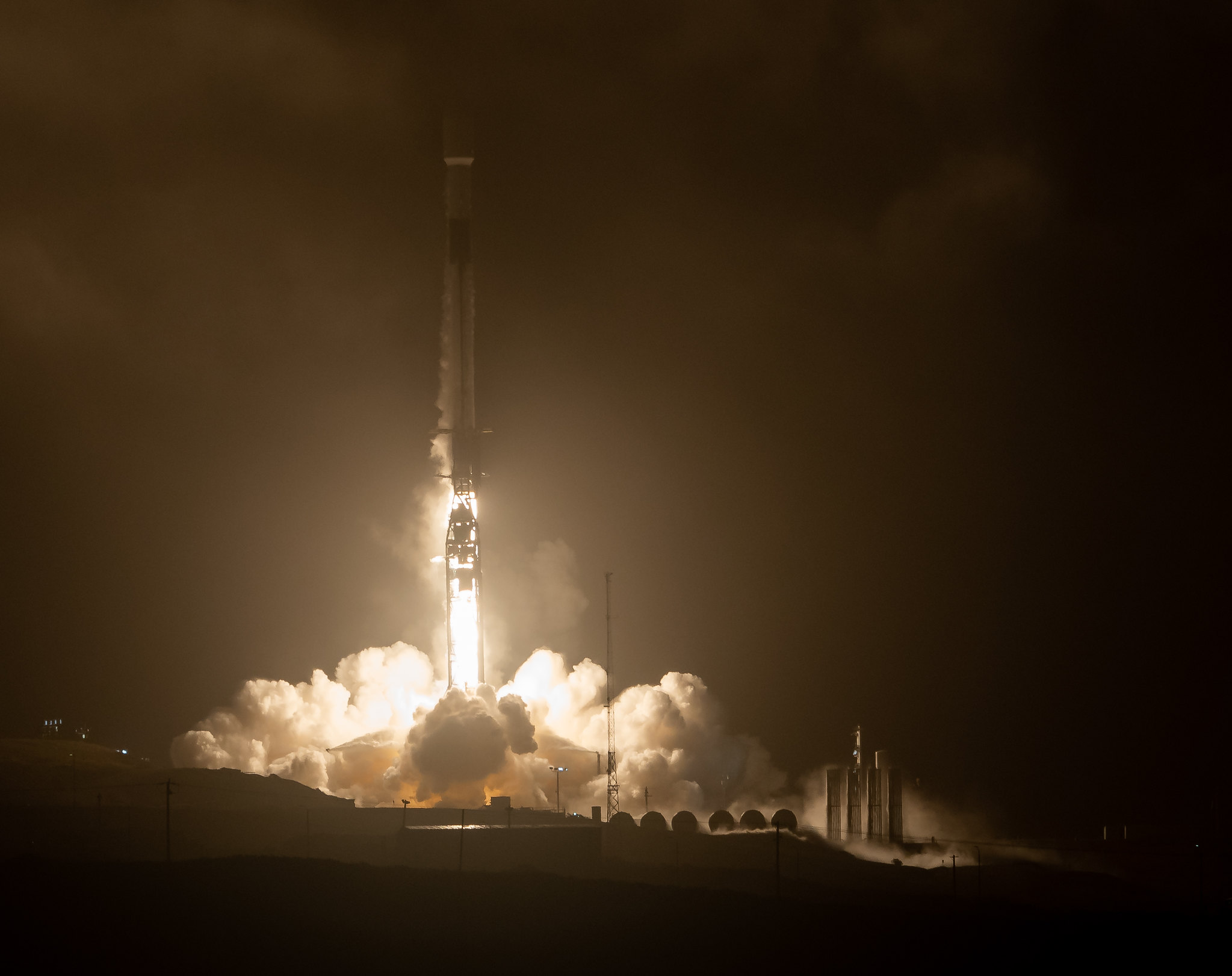
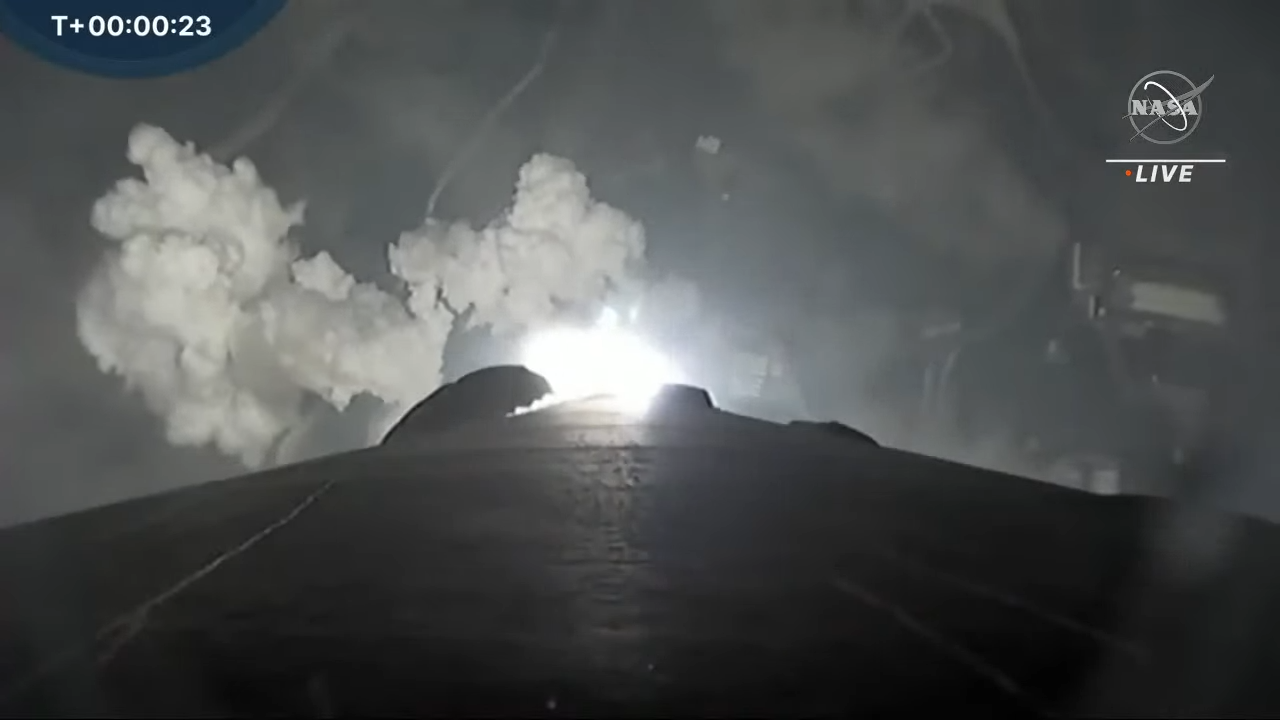



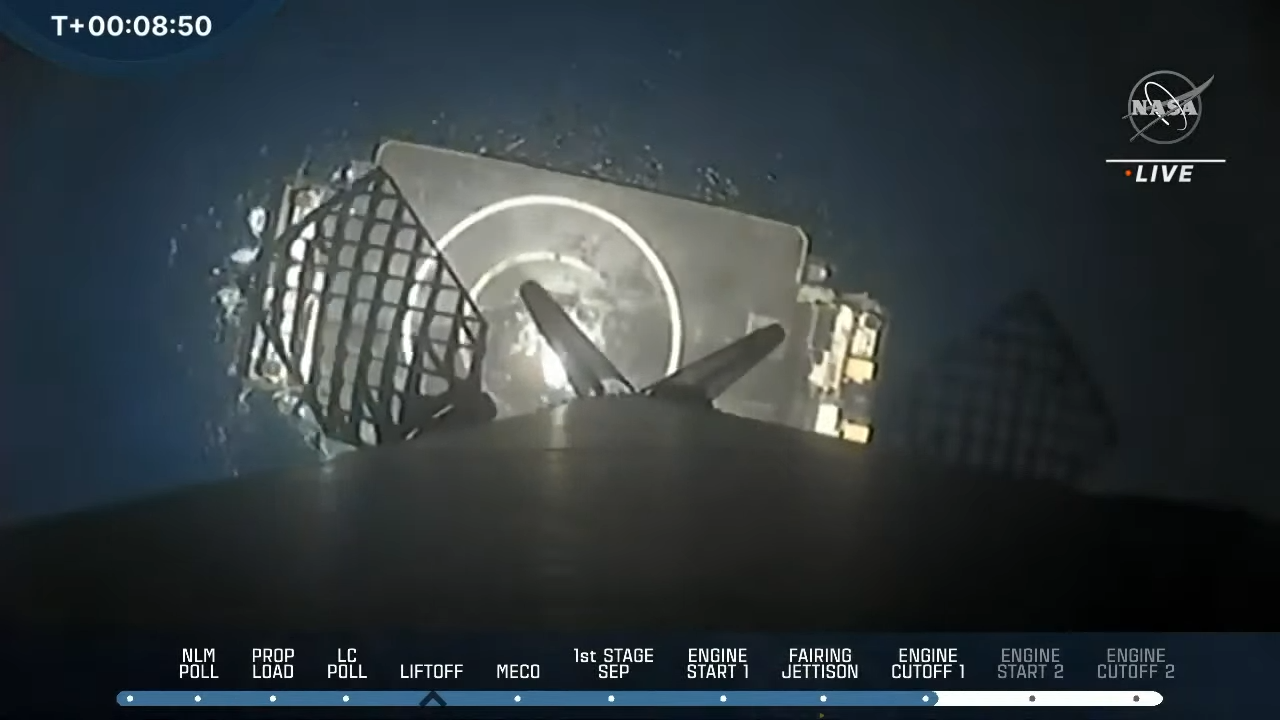
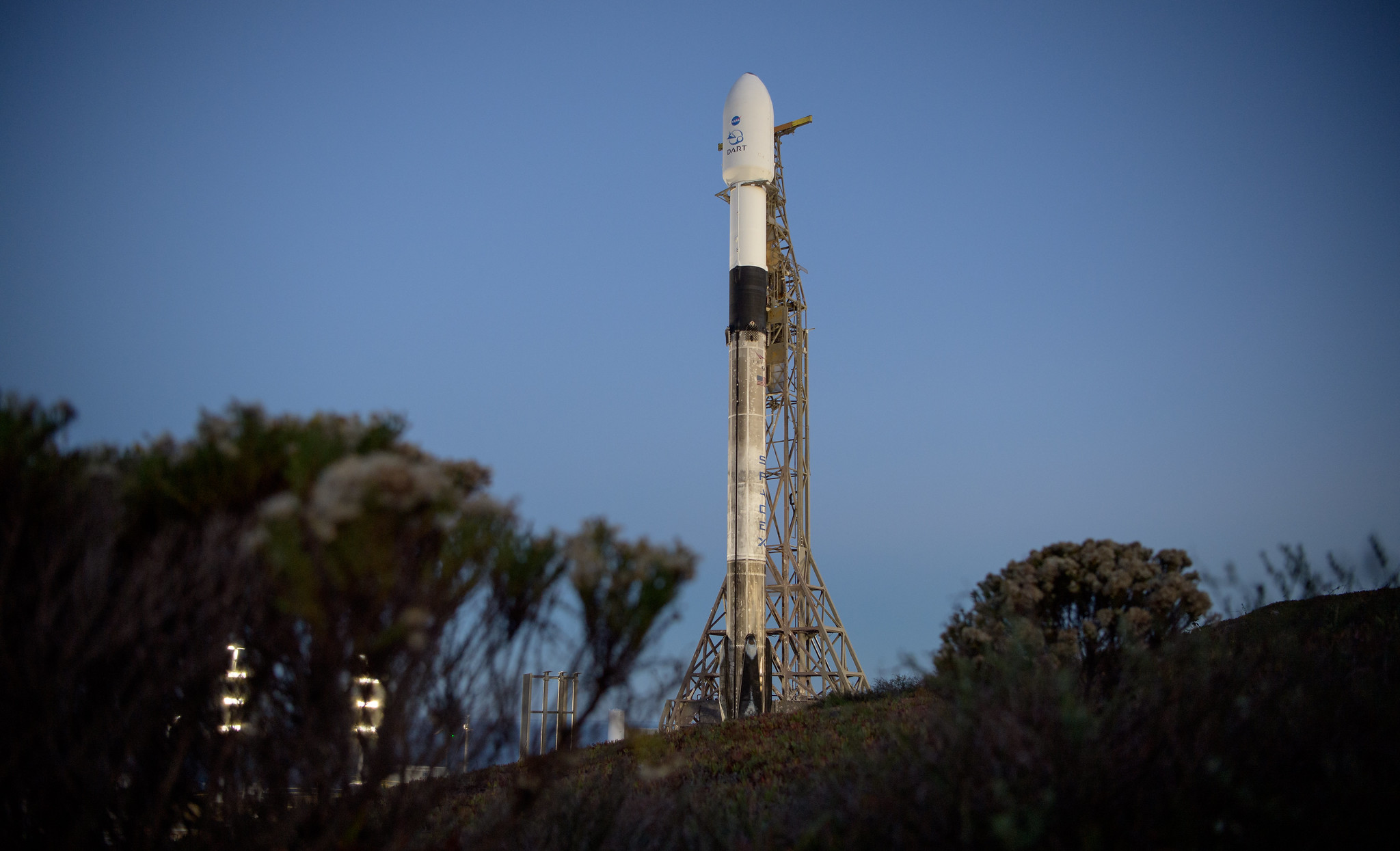
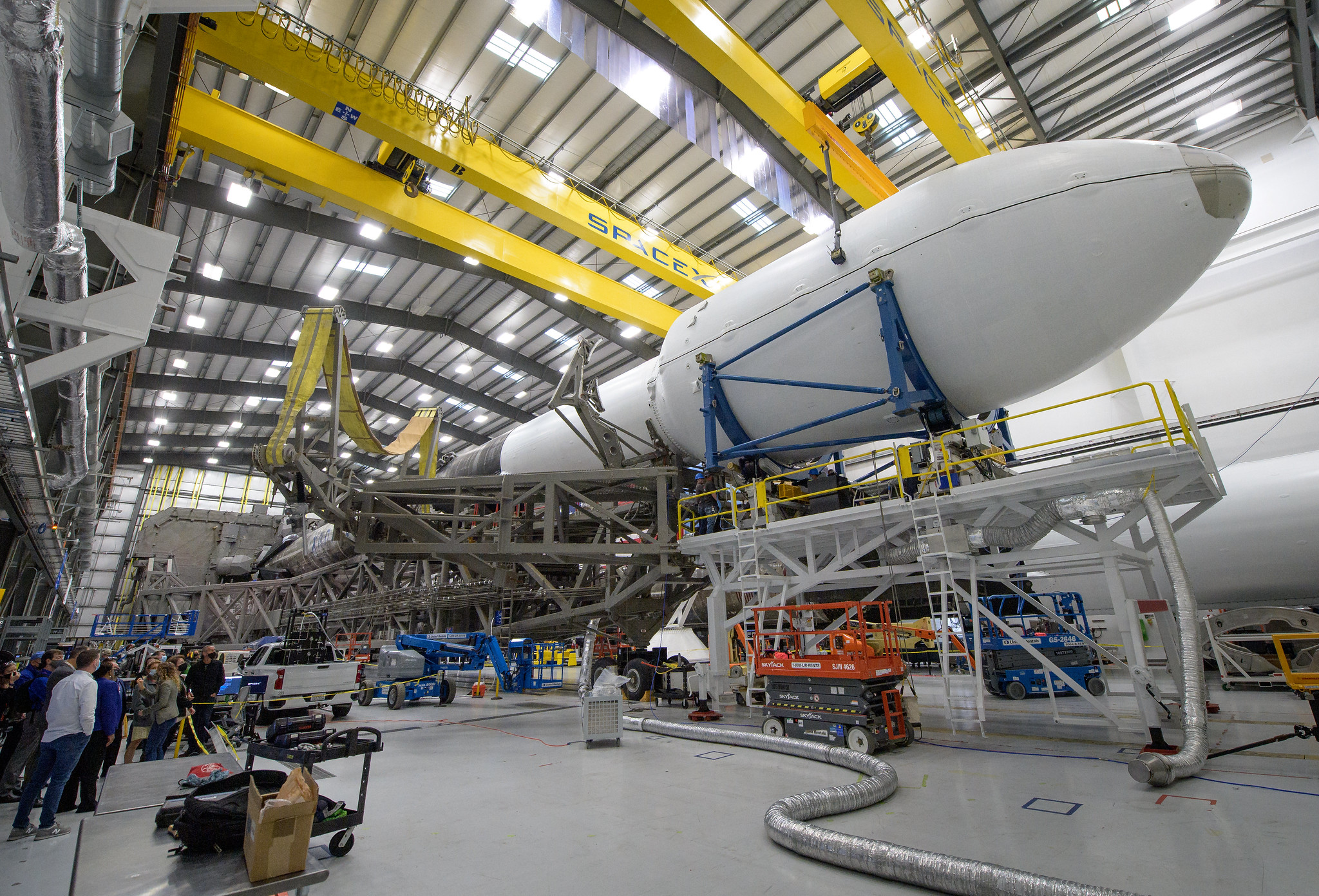

Nearly nine minutes after liftoff, the SpaceX Falcon 9 booster returned to Earth, nailing an upright landing on the company's drone ship named "Of Course I Still Love You," which was stationed in the Pacific Ocean. The landing at sea marked the 95th time that SpaceX has recovered an orbital class rocket booster.
DART is now on its way to conduct a planetary defense test. The mission will use a "kinetic impact technique," to alter the orbit of an asteroid. In other words, the spacecraft will smash into a space rock to change its direction. DART will impact a "moonlet" called Dimorphos that orbits around a much larger asteroid Didymos and the mission teams aims to shorten its orbit around Dimorphos by several minutes.
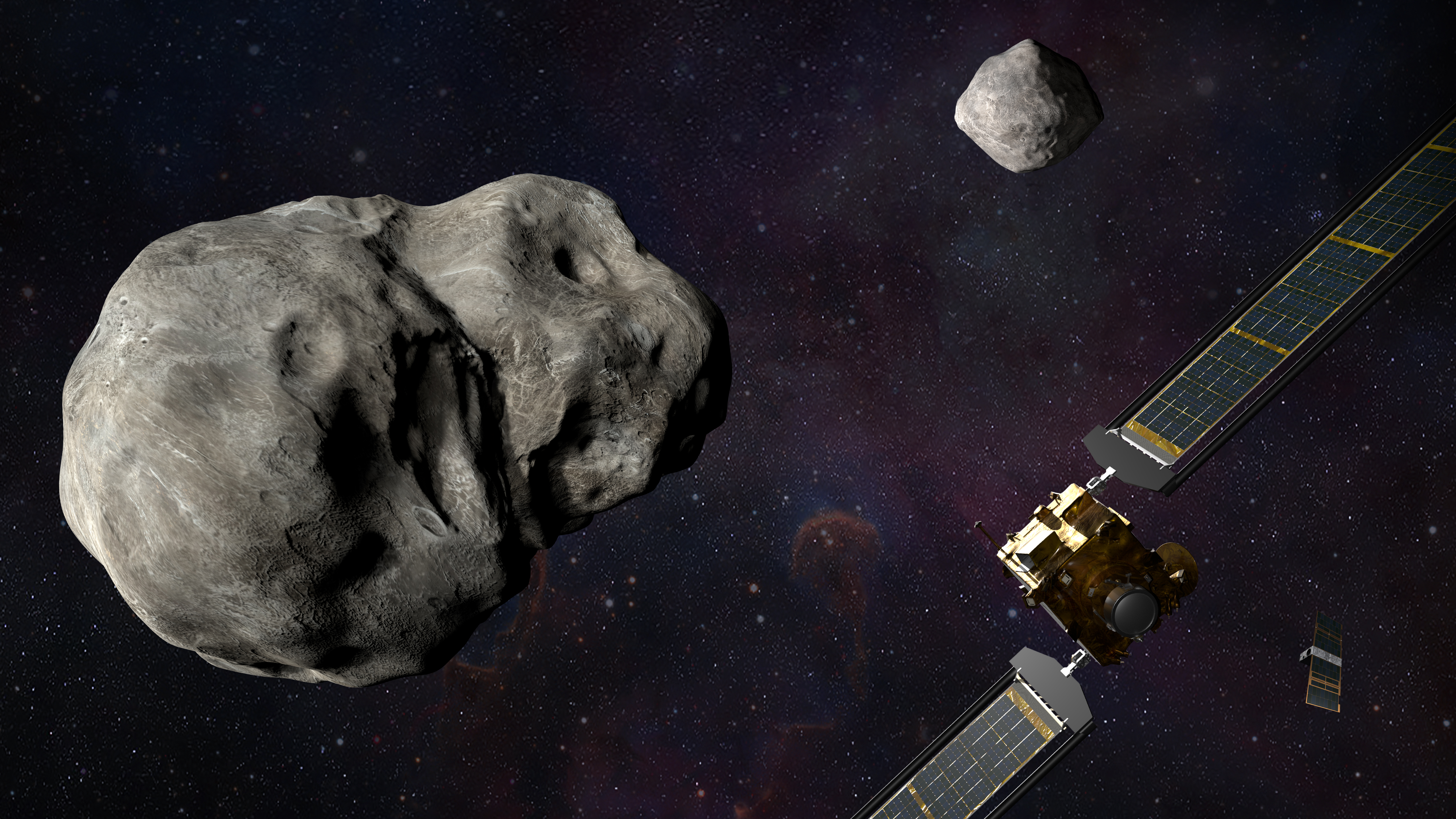
"It's an intentional crash of a spacecraft into a rock," Thomas Zurbuchen, NASA's associate administrator for the science mission directorate said during a news conference on Monday (Nov. 22). "What we're trying to learn is how to deflect a threat."
Breaking space news, the latest updates on rocket launches, skywatching events and more!
Now, neither the asteroid nor its moonlet poses any danger of making their way toward Earth (even if the test doesn't go exactly as planned), experts have told Space.com.
This asteroid system "has no chance of impacting the Earth whatsoever," astronomer Amy Mainzer, who is the principal investigator of NASA's Near-Earth Object Wide-field Infrared Survey Explorer (NEOWISE) mission and who specializes in characterizing populations of asteroids and comets, told Space.com.
It's "an incredibly unlikely scenario," Mainzer said. However, there is the possibility that one day there could be an asteroid that poses serious danger to Earth and its inhabitants.
However, this test will show NASA how a kinetic impact technique might work against an asteroid that does pose a threat. If in the future, a large asteroid were identified that threatened Earth in some way, NASA could theoretically send out a spacecraft like DART to smash into it and push it in a different direction.
Right now, no such threatening asteroid is known. However, as both Zurbuchen and Mainzer pointed out, scientists have only classified about 40% of all near-Earth objects.
Now, scientists have cataloged roughly 90% of all near-Earth asteroids that are as large as the space rock that wiped out Earth's large dinosaurs millions of years ago, Cristina Thomas, a DART Observations Working Group Lead, told Space.com. However, there remain many smaller space rocks that have yet to be identified.
The key aspect of defending planet Earth against rogue space rocks is time.
Email Chelsea Gohd at cgohd@space.com or follow her on Twitter @chelsea_gohd. Follow us on Twitter @Spacedotcom and on Facebook.

Chelsea “Foxanne” Gohd joined Space.com in 2018 and is now a Senior Writer, writing about everything from climate change to planetary science and human spaceflight in both articles and on-camera in videos. With a degree in Public Health and biological sciences, Chelsea has written and worked for institutions including the American Museum of Natural History, Scientific American, Discover Magazine Blog, Astronomy Magazine and Live Science. When not writing, editing or filming something space-y, Chelsea "Foxanne" Gohd is writing music and performing as Foxanne, even launching a song to space in 2021 with Inspiration4. You can follow her on Twitter @chelsea_gohd and @foxannemusic.
